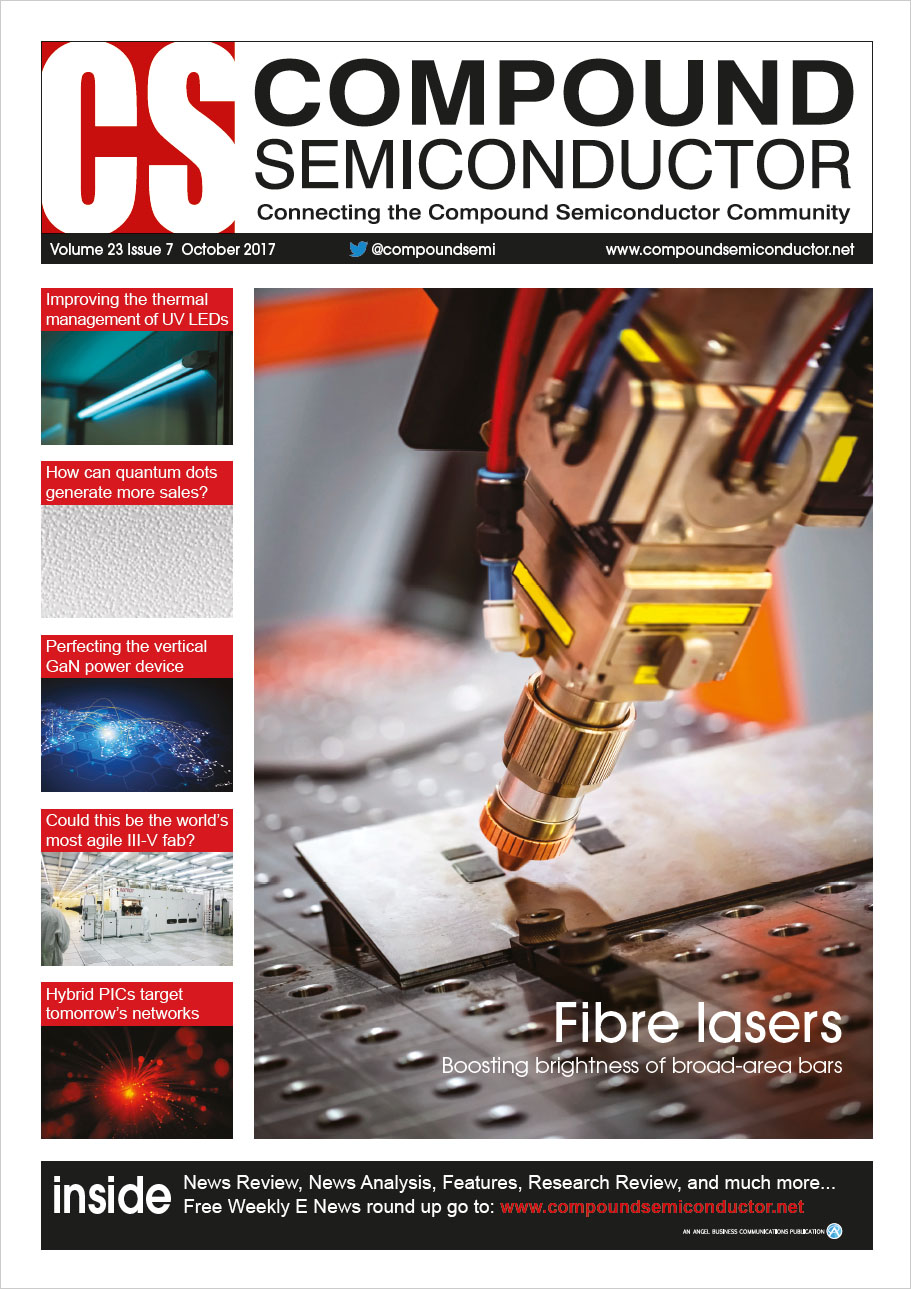
GaN lasers: Understanding degradation

Electrically driven diffusion is an issue for MOCVD-grown lasers, but not for their MBE-grown cousins
A major distinction between GaN lasers grown by MBE, and those formed by MOCVD, is that they differ in their degradation mechanisms. That's the key finding of a study by researchers from Warsaw-based institutions Unipress and TopGaN.
According to team spokesperson, Agata Bojarska, their study shows that the presence of hydrogen in MOCVD-grown lasers lies behind the degradation of these devices.
She believes that this insight could help to improve the performance of MOCVD-grown lasers, which are deployed in BluRay players, white-light laser sources in car headlights, and digital light projectors.
For the MBE-grown lasers used in the study, measurements on devices revealed a lifetime in excess of 50,000 hours. "It is definitely the best result for nitride MBE-grown laser diodes," says Bojarska, "but I believe that some of the Nichia and Osram MOCVD-grown lasers can achieve similar lifetimes."
One of the conclusions of the study is that MBE-grown lasers have the promise of even longer lifetimes, thanks to the absence of one of the degradation mechanisms found in MOCVD-grown lasers."However, MBE devices have other issues that need to be addressed before one can say that they are better," admits Bojarska.
To study degradation in MBE and MOCVD grown lasers, the researchers also fabricated both types of device on bulk GaN substrates formed by ammonothermal synthesis. Bojarska describes the MOCVD-grown devices as "relatively conventional", and points out that those grown by MBE are a little unusual, as they are free from aluminium. "However, the aluminium composition should not affect device lifetime."
Studies on lasers grown by MOCVD and MBE highlight the downside of hydrogen incorporation.
The researchers defined the degradation rate as the change in optical power over time. Mirroring the findings of studies by other groups, the MOCVD-grown lasers were found to have a linear dependence on degradation as a function of drive current. According to Bojarska and co-workers, this suggests that electrically driven diffusion is behind laser degradation. In comparison, for MBE-grown lasers, the degradation rate shows little or no dependence on drive current.
A second experiment by the team involved measuring the influence of temperature on degradation rate. Lasers were operated at a constant optical power of 25 mW, and heated to increase the temperature in 5 °C steps. These measurements allowed the researchers to calculate that the activation energy that is associated with the thermal degradation of MOCVD-grown lasers is typically just 0.4 eV, while for MBE-grown lasers it is far higher. This indicates that the aging mechanism for MOCVD-grown lasers is more sensitive to changes in temperature than the mechanism for the MBE-grown cousins.
To account for the differences in the degradation of the two classes of laser, the team considered the difference in growth, which lead to a vast difference in hydrogen incorporation in the p-doped layer. Secondary ion mass spectrometry measurements showed that the level of hydrogen in MOCVD-grown devices is proportional to the magnesium concentration "“ while in MBE-grown lasers, there is no correlation.
Hydrogen can easily migrate through the p-type layers, and may be partially responsible for the aging of the lasers, because it is an electro-diffusive element.
Degradation by diffusion due to threading dislocations "“ a popular mechanism for explaining the deterioration in device performance with time "“ can be ruled out: according to the team, the dislocation density in both types of lasers is too low for this to be a concern.
The team will now try to optimise its MBE-grown lasers by investigating new architectures, such as tunnel-junction laser diodes and distributed feedback lasers.


































